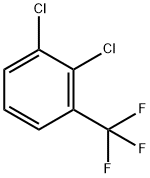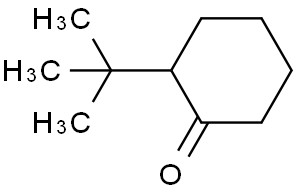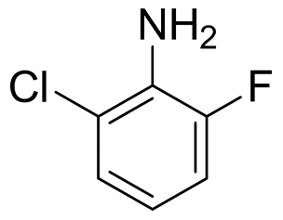Benzyl phenylacetate(CAS#102-16-9)
| Hazard Symbols | N – Dangerous for the environment |
| Risk Codes | 50/53 – Very toxic to aquatic organisms, may cause long-term adverse effects in the aquatic environment. |
| Safety Description | S60 – This material and its container must be disposed of as hazardous waste. S61 – Avoid release to the environment. Refer to special instructions / safety data sheets. |
| UN IDs | UN 3082 9 / PGIII |
| WGK Germany | 2 |
| HS Code | 29163990 |
| Toxicity | The acute oral LD50 was reported as > 5000 mg/kg in the rat. The acute dermal LD50 was reported as > 10 ml/kg in the rabbit |
Introduction
Benzyl phenylacetate. The following is an introduction to the properties, uses, preparation methods and safety information of benzyl phenylacetate:
Quality:
- Appearance: Benzyl phenylacetate is a colorless liquid or solid crystal.
- Solubility: It can be dissolved in many organic solvents, such as ethanol, ethers, and petroleum ethers, but not in water.
- Chemical properties: It is a stable compound that can be hydrolyzed by strong acids or bases.
Use:
- Industrial: Benzyl phenylacetate is also used in the manufacture of synthetic materials such as plastics and resins.
Method:
Benzyl phenylacetate can be prepared by esterification of phenylacetic acid and benzyl alcohol. Usually, phenylacetic acid is heated with benzyl alcohol for reaction, an appropriate amount of catalyst is added, such as hydrochloric acid or sulfuric acid, and after a period of reaction, benzyl phenylacetate is obtained.
Safety Information:
- Benzyl phenylacetate may cause irritation and damage to the human body by inhalation, ingestion, or skin contact.
- When using benzyl phenylacetate, follow proper safety procedures, such as wearing protective gloves and glasses, and maintain a well-ventilated work environment.
- Use caution when storing and handling benzyl phenylacetate and avoid contact with ignition sources and oxidants to prevent fire and explosion from occurring.



![2-Chloro-6-Methyl-7H-pyrrolo[2,3-d]pyriMidine(CAS#1060816-56-9)](https://www.xinchem.com/uploads/2-Chloro-6-Methyl-7H-pyrrolo23-dpyriMidine.jpg)




